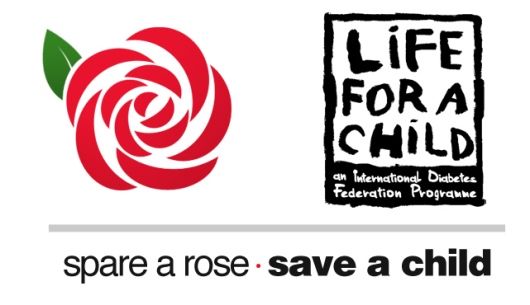Two days, one meeting. No, wait… strike that. ONE day, TWO meetings.
Last Wednesday, I was in two places on the same day, though, fortunately, not at the same time. The first gathering was in Washington, D.C., a few blocks from the White House, at the Ronald Reagan Building and International Trade Center, for this year’s #HCIDC summit. In the afternoon, it was back to Baltimore for my quarterly meeting of Maryland’s Advisory Council on Health and Wellness.
First, the D.C. meeting: Presented by West Health, which is a non-partisan group dedicated to more fair and affordable access to better care for all Americans, the Healthcare Costs Innovation Summit turned out to be less than exciting.
It wasn’t only because I heard viewpoints that didn’t agree with mine, though I certainly did hear some of that. The thing is, we’re always more sensitive to opinions that we think are misguided or out of touch with reality, regardless of our reality.
Among the attendees I sat with in the ampitheater were DPAC’s CEO, Christel Marchand Aprigliano, and DPAC’s Leyla Mansour-Cole, who has been a guest on the Diabetes By The Numbers podcast. It was Christel who first noticed that the day’s speakers and panels didn’t include one single patient. Even though there was actually a patient-centric session in the afternoon.
It was a bit of a surprise to me, because the other #HCIDC event I attended did include patients. I must say though, I’m still surprised that there are people (I came across a couple of them) and organizations who either forget that patients exist, or can’t imagine that patients would be motivated enough to attend such a conference.
Ordinarily, I would like to spend time talking about some of the presentations, but I only saw one that was worth the time and expense of schlepping to DC at six in the morning. So I’ll spare you the details.
——————————————————————-
In the afternoon, I boarded the train and headed back to Baltimore, so I could attend my Advisory Council meeting at the Maryland Department of Health.
I’m searching for words to cover what these meetings are like, but to be honest, they’re hard to describe without boring you to tears. Since this was only our second meeting, there are still a lot of procedural questions, and everyone is still getting comfortable with one another.
In the main part of our meeting with the full council, some time was spent informing us about the legislative calendar (which begins in January and ends in early April). They talked about how we might be asked to weigh in on bills before the house or senate (or both), and how the timing of delivering a position on a bill might work. More to come on that.
There was also a short presentation on some successes that similar groups have achieved, and I thought that was helpful in getting us from the “what do we do?” phase to the “let’s come up with a goal and a plan” phase.
Once we completed the meeting of the full council, we broke out for our first committee meetings. Yes, I am on the Diabetes Committee, and in fact, I am now one of the co-chairs of that committee. In our session this time, we were assisted by two members of the Department of Health’s staff, who very ably helped us work on some ideas and goals for our seven member group.
It was the kind of undertaking that must have been difficult for them. But it was quite fulfilling to me to know that I was actually working on something that might have a positive impact on the citizens of my state. This is what I signed up for, right?
So in the end, one gathering that could have been better, one gathering that made it worth the day’s extra effort. Don’t tell anyone, but I already realize I can’t be this active forever. At some point, some year, I’m going to have to scale it back.
But that’s not this year. Wish me luck, because there is going to be a lot of work ahead of me, and I don’t have this thing all figured out yet. But I know I’m working with a good group in the state of Maryland, and I know our cause is well worth the effort.




